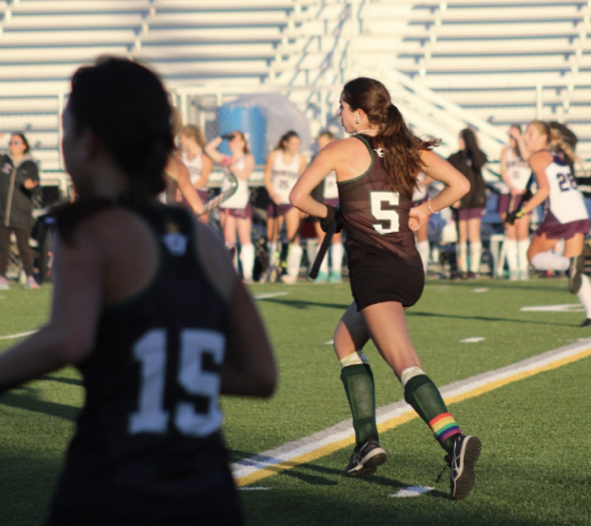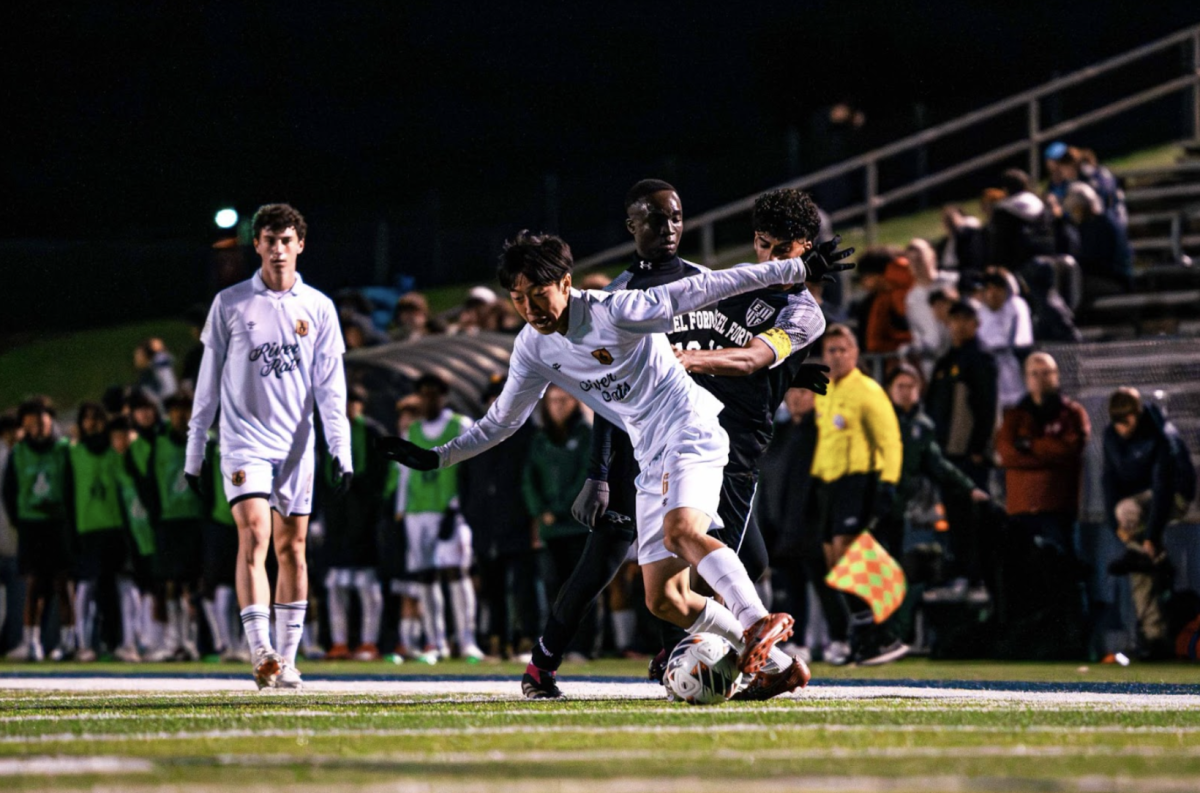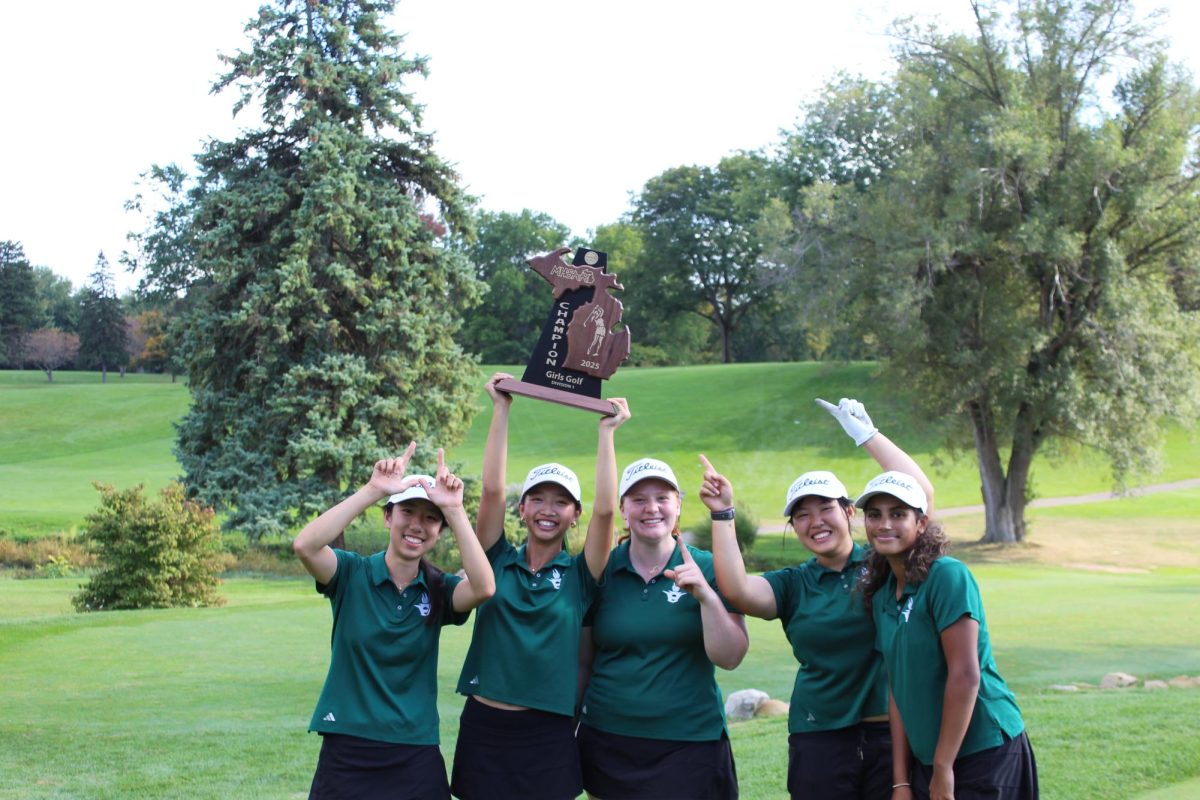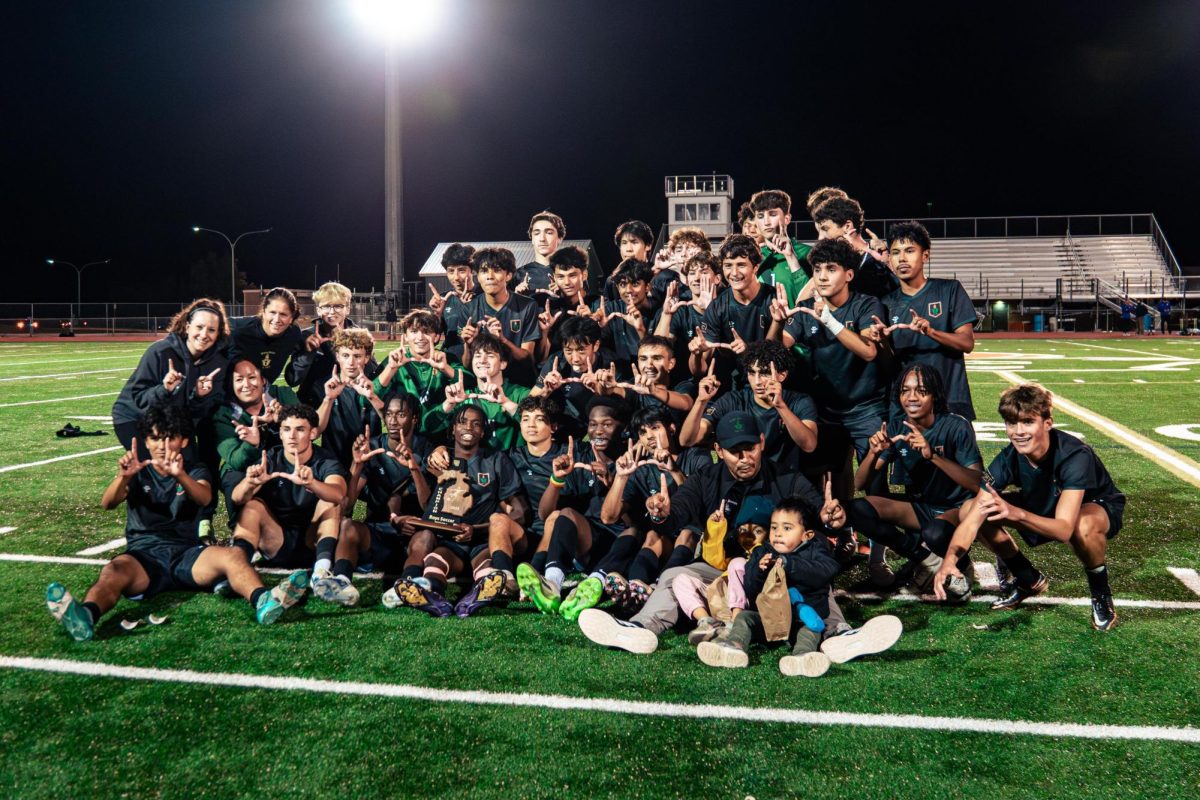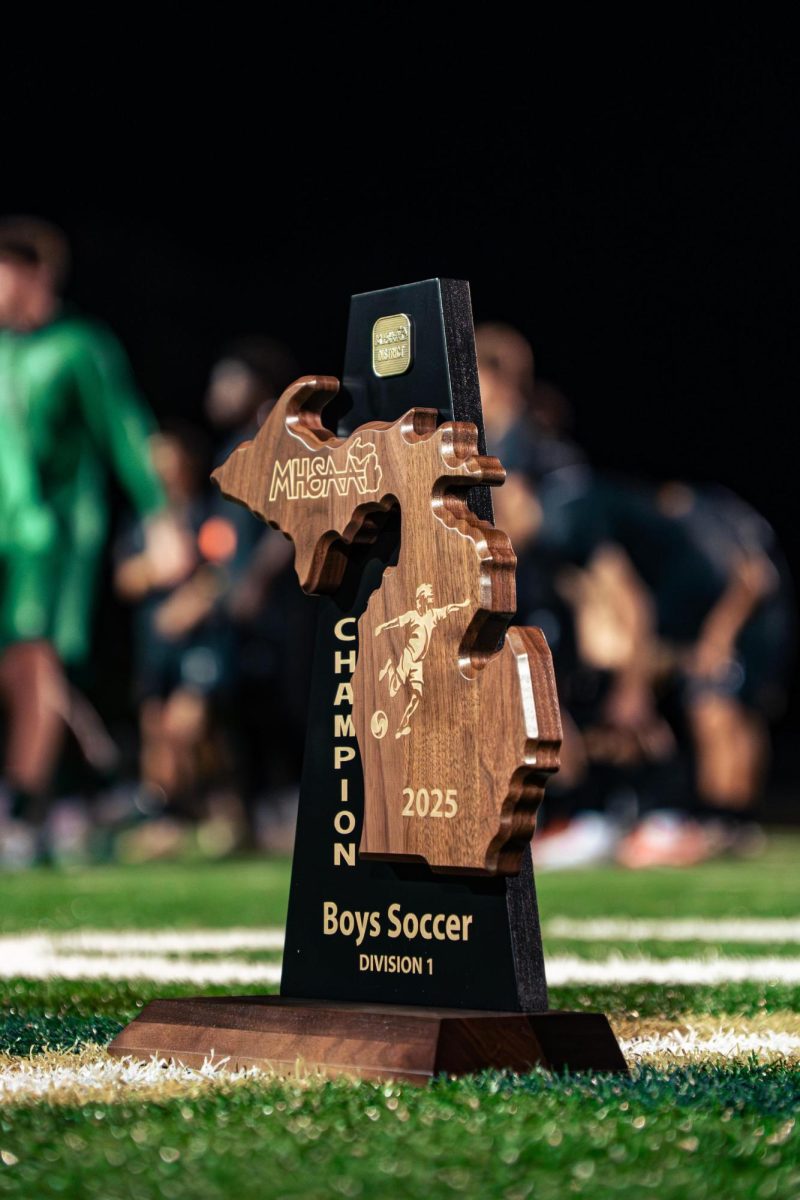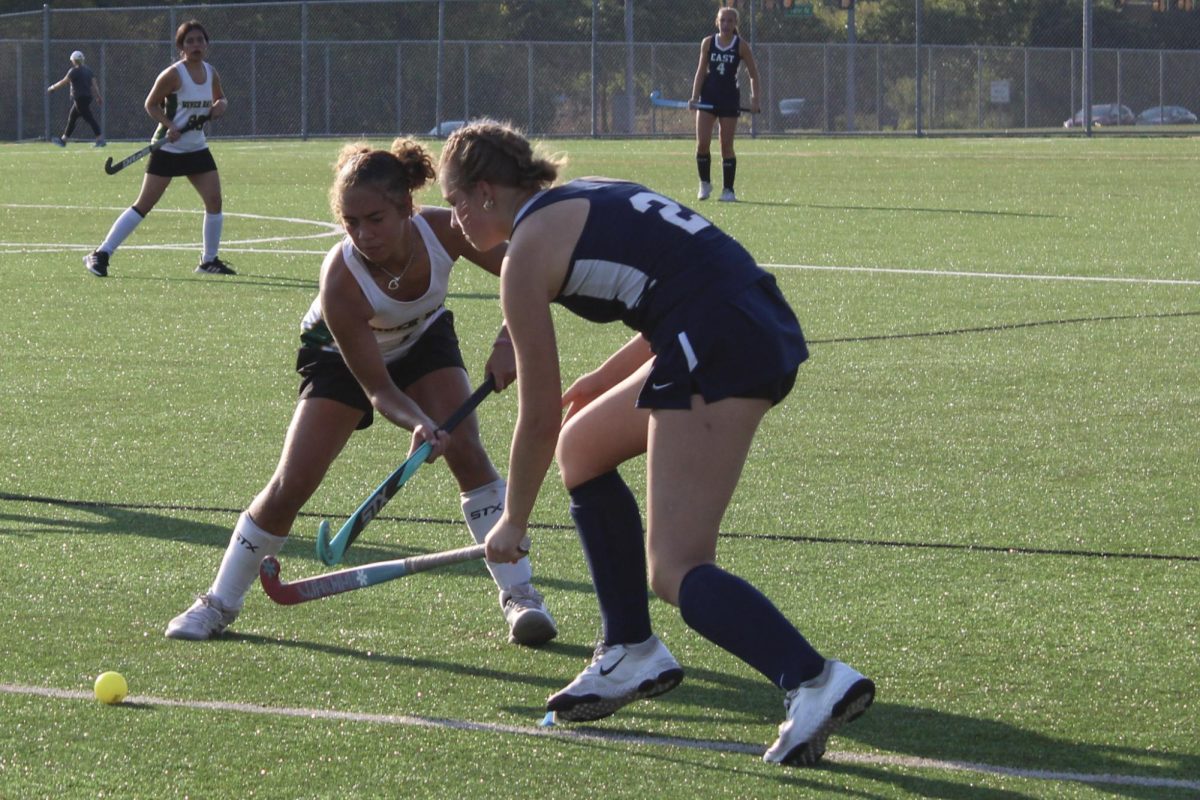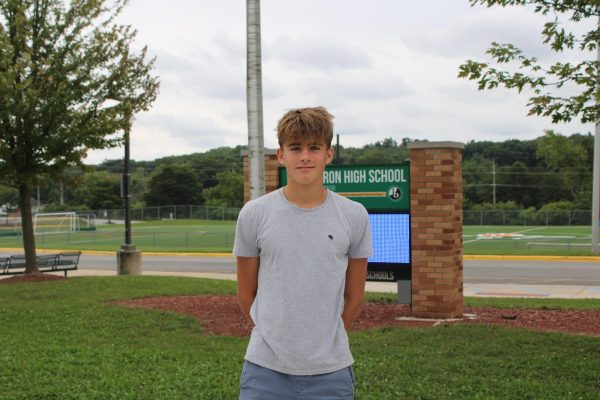According to Scholarship Stats, less than two percent of high school athletes go on to play at a Division 1 college. Approximately one in 57 athletes achieve this. The stats say one thing; it does not come easy. As well as talent, patience and hard work are what differentiates a regular athlete to a D1 athlete. Here at Huron High School, a couple of students are planning to go play a sport at the highest college level. Some have already committed to a college, even as juniors. Senior Ashton Brann and junior Kate Huntzicker are two of the few that have already made the choice to play a sport at a D1 college.
These two talented athletes started their sports at a very young age. At the beginning, it was just something to do to pass time. Huntzicker played field hockey as something to do, like many other girls. She started standing out and grew a love for the sport in middle school. The sense of community is one of the many things that made her have this passion. Similarly, Brann has been running ever since he was 4-years-old. Just like many other people at that age, he ran for fun without knowing what would come. After some time, he started to grow a passion for track.
“I became passionate for it when I saw that my brother was doing well in it, and I started making friends. So I kind of grew a love for it.” Brann said.
Brann just recently committed to run track at Purdue University Fort Wayne. He believed it was the best fit for him, both academically and for athletics. These were just some of the factors he had to consider when choosing what college was best for him.
“I feel like it was the best fit for me. I really like their team, and their campus is cool,” Brann said. “They have a good business school, which is what I want to major in.”
Huntzicker also had these thoughts when deciding where she would want to play field hockey. At the end, she chose to commit to the University of Michigan. In her opinion, it was easily the best fit for her.
“Obviously, the education is just exceptional. It’s one of the best universities. I did a tour with the field hockey team, and I loved the team culture,” Huntzicker said. “I really admired the coaches. One of the Michigan coaches is actually one of my club team coaches, so I was already comfortable with him. And I also like that it is close to home.”
Playing at the highest level is no easy task, but the process to make it there is even harder. There are two main tasks needed to get there: being the best of athletes and getting noticed by colleges. Brann was able to do both, but it started off with how much work he put into track. Repetition can be what makes a D1 athlete stand out compared to a regular, high school athlete. Additionally, the mentality required to reach the top level is crucial. At the end of the day, it is how much someone wants it and Brann has that intense desire to be the best he possibly can everyday.
“I practice at least three times a week to, at most, five times. I don’t really practice on weekends, but just working hard. Sometimes you would think you might not make it, but just believe and keep practicing,” Brann said.
Once Huntzicker knew she wanted to play at the college level, she really stepped her game up, and showed everyone how talented she was. However, talent is nothing without hard work. Huntzicker worked extra hard to make sure she was the best player on the field. She also had to make her mark off the field by showing she was a true leader.
“I think attitude and effort are the controllables that I always think about. I think coaches really look for someone who’s gonna be a team player, and look for someone who’s supportive to others.” Huntzicker said.
The second step is standing out. To catch a college recruiter’s eye, being different is key. For Brann specifically, he chose to run 400 meters hurdles, a pretty unpopular event. From here, an athlete can reach out to college coaches and send their times or some of their best clips. Sometimes, college coaches attended Brann’s track meets and he was able to showcase his speed at those events.
“I first started talking to the coach at Purdue Fort Wayne my junior year. And he was one of the first coaches to show interest in me, and always stayed in touch with me,” Brann said. “I was just sending emails, preparing myself for senior year to commit, trying to get offers. And he responded back to me, looked at my times and thought I was a good fit.”
Huntzicker knew she wanted to play at the highest college level her sophomore year of high school. However, she had a late start compared to the other field hockey players, as the typical field hockey recruitment process starts in eighth grade. She quickly caught up with the help of coaches and mentors. The process was still very long and it consisted of many steps. She first had to attend camps and tournaments, and make highlight videos. Then, she would send emails to coaches and responses would vary.
“For field hockey, the coaches cannot talk back to you until June 15 after your sophomore year. So June 15, the coaches will probably reach out to you, and you’ll have phone calls. The phone call will go back and forth, and you’ll talk about what your goals are, if you’re interested or not, what scholarships might look like, and going on an official visit.” Huntzicker said.
As these two athletes prepare to play at their respective schools, there are many things they will have to do to adapt to the big changes. For Brann, he will have to get used to the new vibe and environment of college, especially being more independent. On the other hand, Huntzicker will focus more on the athletic side of change as she will stay close to home.
“I practice 15 minutes everyday. Getting touches in and also working on my work ethic, just because the balance between sports and academics is definitely harder in college than high school.” Huntzicker said.



